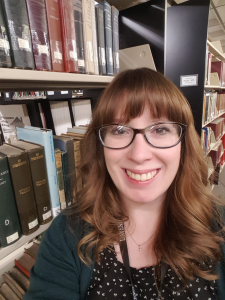
by Samantha Pickering
Book banning is a growing issue in the United States, as narrow-minded people attempt to exclude certain titles from library shelves, an assault on which communities and stories are allowed to exist in public. This movement has …



 suited to K-12 education which was the primary path for those attending Black Hills State University. People would ask her, “Well, what …
suited to K-12 education which was the primary path for those attending Black Hills State University. People would ask her, “Well, what …